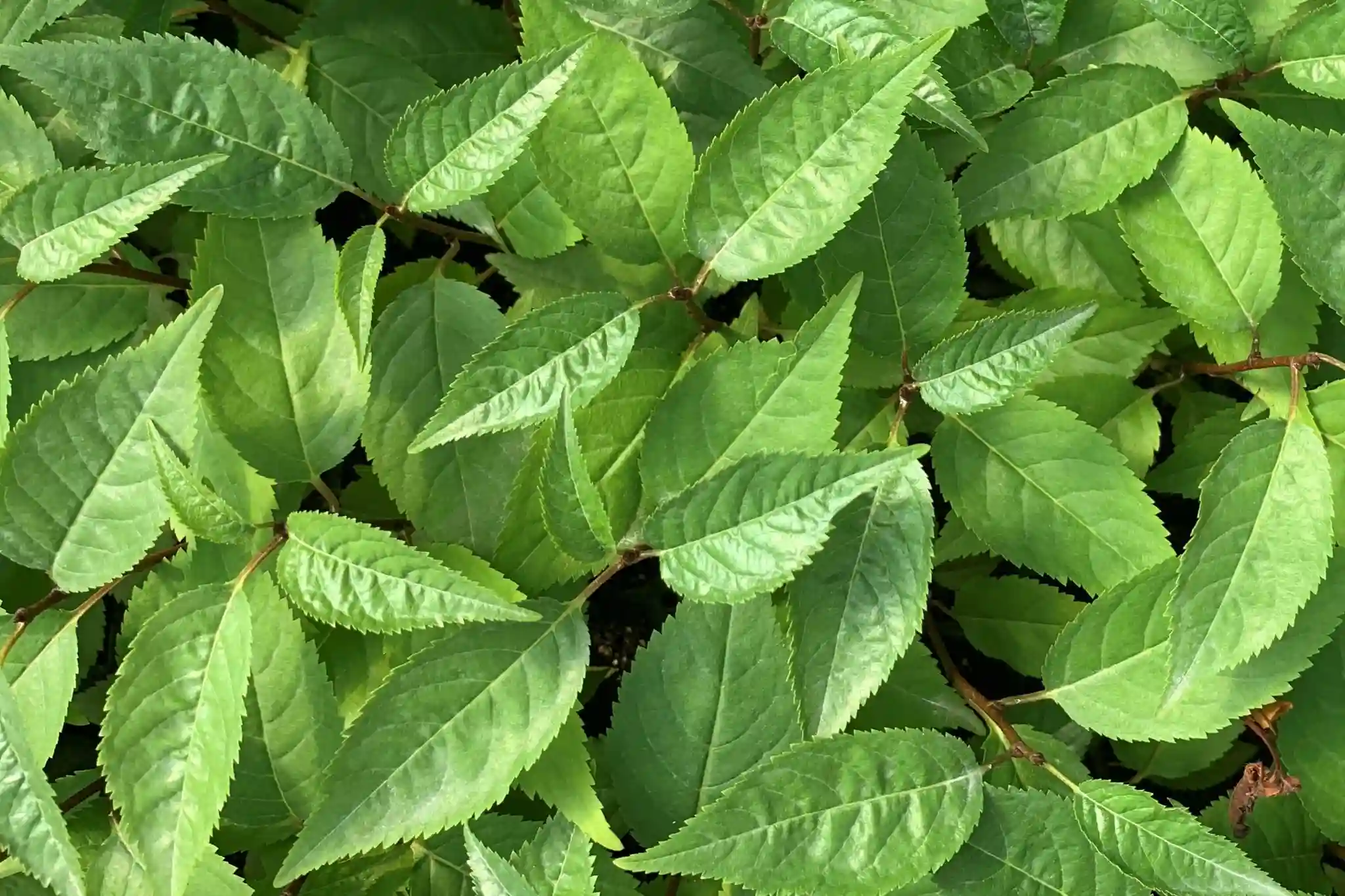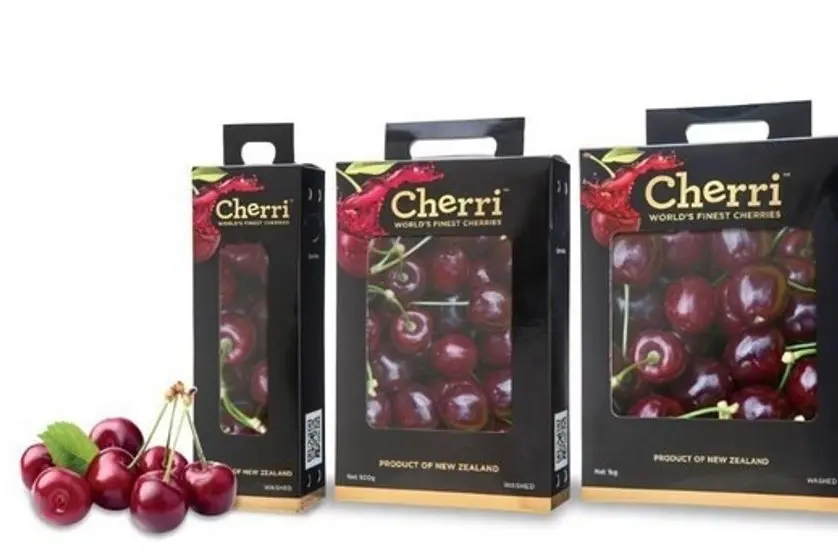Washington State University implemented a new optical sorter line for last season's cherry sorting programme. The single-lane optical sorter, called InVision2, is a scaled-down version of those found in large fruit packing plants.
WSU cherry sorter Per McCord explained that the machine takes dozens of digital images of each piece of fruit, allowing the team to collect data on size, colour and defects more quickly and accurately. The sorter was developed by Compac, a New Zealand company acquired by Tomra in 2017.
The machine, which was commissioned in May and funded by a grant from AgWest Farm Credit, costs about $300,000, excluding building renovations. McCord lists three main advantages of the line: the handling of larger samples, unbiased data, and the submission of reports similar to those received in stock from growers.
Despite the presence of the optical sorter, some characteristics such as firmness and Brix will still be measured manually by staff. McCord had the opportunity to make this line through a grant and other researchers, such as Matt Whiting, have access to this technology for their research.
The machine's mapping process was a key element in the first few months of use, with McCord and research assistant Marcella Galeni teaching the computer what to look for in fruits and how to classify them. The machine will be used not only for Phase 2 and Phase 3 trials, but also for Phase 1 fruit, expanding the overall effectiveness of the university's sorting efforts.
Dena Ybarra, nurseryman and member of the selection programme's advisory board, emphasised that the line will bring efficiency to the university's selection efforts. In addition, it will allow researchers to evaluate how selections keep after being treated as if they were commercialised.
Mark Hanrahan, a Yakima Valley cherry grower and member of the breeding programme's advisory board, praised the new optical sorter for providing the team with consistent methods to measure success or failure in line with industry cherry standards.
Read the full article: Good Fruit Grower
Immagine: Good Fruit Grower
Cherry Times - All rights reserved












